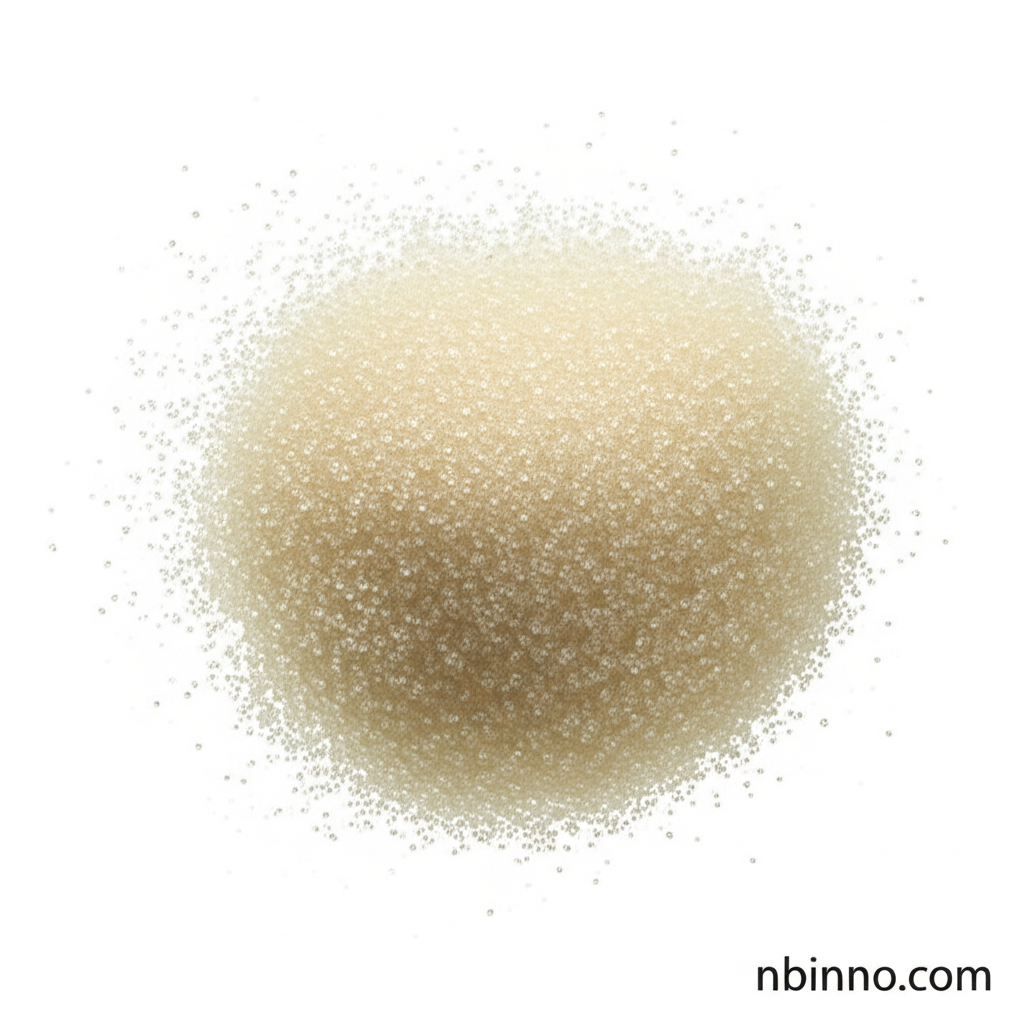Triphenylene: A Key Component in Advanced Organic Electronics
Explore the foundational properties and diverse applications of Triphenylene in cutting-edge electronic technologies.
Get a Quote & SampleProduct Core Value

Triphenylene
Triphenylene (CAS 217-59-4) is a highly symmetrical, planar polycyclic aromatic hydrocarbon that serves as a critical building block in the field of organic electronics. Its unique disc-like molecular architecture and robust π-conjugated system make it ideal for applications requiring efficient charge transport and ordered self-assembly.
- Leveraging triphenylene CAS 217-59-4 for advanced OLED performance: The inherent properties of this compound contribute to improved electron transport capabilities, a key factor in optimizing OLED devices.
- Exploring diverse triphenylene synthesis methods: Various synthetic routes have been developed to produce triphenylene and its derivatives, ensuring availability for research and industrial applications.
- Triphenylene as a foundational building block in discotic liquid crystals: Its rigid, disc-shaped molecular structure facilitates the formation of columnar mesophases, crucial for applications in organic electronics.
- Utilizing triphenylene derivatives for OLEDs: By functionalizing triphenylene, researchers can fine-tune properties for enhanced efficiency and stability in next-generation displays and lighting.
Key Advantages
Exceptional Structural Symmetry
The highly symmetric and planar structure of triphenylene is fundamental to its application in ordered materials, facilitating efficient molecular stacking and charge mobility, which is essential for organic semiconductor design.
Robust π-Conjugated System
The extensive delocalized π-electron system within triphenylene enhances its electronic properties, enabling its use as a critical component in charge transport layers for high-performance devices like OLEDs and organic photovoltaics.
Versatile Functionalization Potential
Triphenylene's structure allows for easy introduction of various functional groups, enabling the tuning of its electronic, optical, and self-assembly properties for specific advanced polycyclic aromatic hydrocarbons applications.
Key Applications
OLED Materials
Triphenylene serves as a core moiety in OLEDs, contributing to improved electron transport and luminescence. Research into triphenylene derivatives for OLEDs continues to yield more efficient and stable devices.
Discotic Liquid Crystals
Its rigid, discotic shape promotes self-assembly into columnar mesophases, making it a vital component in discotic liquid crystals used for charge transport in electronic applications.
Metal-Organic Frameworks (MOFs) and Covalent Organic Frameworks (COFs)
The stability, rigidity, and adjustable structure of triphenylene make it an excellent building block for MOFs and COFs, enhancing their conductivity and porosity for applications in gas storage and catalysis.
Organic Electronics
Beyond OLEDs, triphenylene is explored for its potential in other organic electronic devices due to its efficient charge carrier mobility and ability to form ordered structures.
